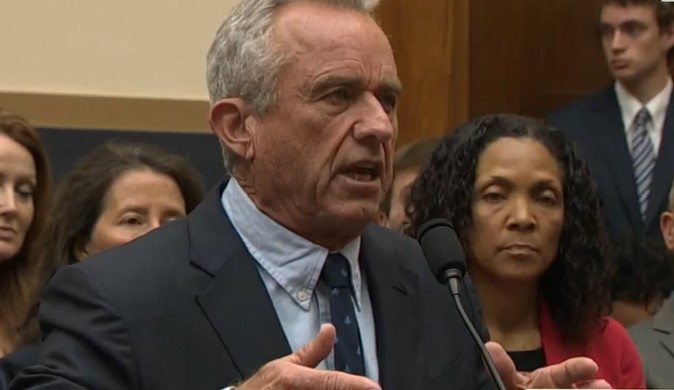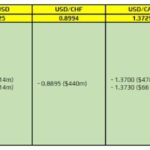Snapchat has announced a new initiative aimed at improving its environmental impact, by helping advertisers understand the carbon footprint of their Snap ads.
Yes, your digital ads also have an environmental impact, and now, you’ll be able to make a more conscious decision around such, with Snap providing more data on its processes.
Working with sustainability platform Scope3, the new program will see Scope3 provide advertisers with various impact measurements for their campaigns, based on elements like server load to create and host ads, usage of mobile devices to view them, percentage of overall company emissions, etc.


As you can see in this example, Scope3 measures the overall carbon impacts of a business, while it can also break these elements down to individual processes, forming the basis of this new initiative.
As explained by Snap:
“Snapchat’s partnership with Scope3 is the first of its kind as the first messaging platform to directly contribute data to Scope3’s emissions model. The partnership enhances the accuracy of Scope3’s model for social and messaging, which is built using a combination of public and third-party data sources. These efforts improve the industry’s understanding of the total impact this channel has on carbon emissions generated by advertising as a whole.”
So how much impact do digital ads have in this respect?
Snap says that advertising on social media and messaging apps “accounts for 3.36M metric tons of carbon emissions every year across 5 major markets (US, UK, DE, FR and AU)”.
Though Snap ads are better than average:
“Based on initial measurement, Snapchat ranks as the most carbon efficient among similar apps — specifically, it is 39% more efficient than others in the category. Compared to programmatic advertising, Snap is about 60% more efficient.”
Under the program, Snap will provide data for specific ad formats, including video and A.R. ads.
“Formats like Lenses and Skippable Video are significantly low carbon compared to other formats available to marketers. Lenses in particular are so light and efficient that Scope3 modified its ad formats model to properly measure them.”
So more A.R. is better for the environment, which bodes well for the potential metaverse future. I mean, the same likely doesn’t apply to V.R., based on the equipment and production processes required for V.R. headsets. But still, it’s interesting to note that A.R. is a relatively low environmental impact format, as it continues to see more use.
So, is this helpful, and will it be of interest? Well, it’s certainly interesting to consider the broader scope of environmental impacts based on different processes in the production chain, and how they contribute to overall emissions.
Will it have a big impact on advertiser decisions? I suspect not, as results for their business will ultimately drive their approach.
But it’s interesting insight to have, which could lead to more conscious marketing approaches.
Snapchat says that emissions data will be available in Scope3’s emissions dashboard for agencies and advertisers















